Cyber Lotus
When AI Dreams of Dancheong
- Team / Mete Kutlu & Dilara Baskoylu
- Location / Paris
- Period / September-December 2022
- Partners / Hanyang University & University of Paris-Est
Cyber Lotus is composed of a series of images and videos created by an artificial neural network trained to paint unseen examples of dancheong, the Korean art of painting used to decorate wooden Buddhist temples. The research project is an investigation on the rising cybernetic culture of image-making, as well as the tension between spirituality and technology. During a collaboration with Hanyang University, Mete Kutlu takes around 16000 photos for the photogrammetric 3D scanning of Buddhist mountain temples. This archive is then used as a dataset to train an AI which first identifies certain visual protocols of dancheong and then demonstrates his talents as an artificial artist of dancheong.
Photogrammetric Dancheong Datasets
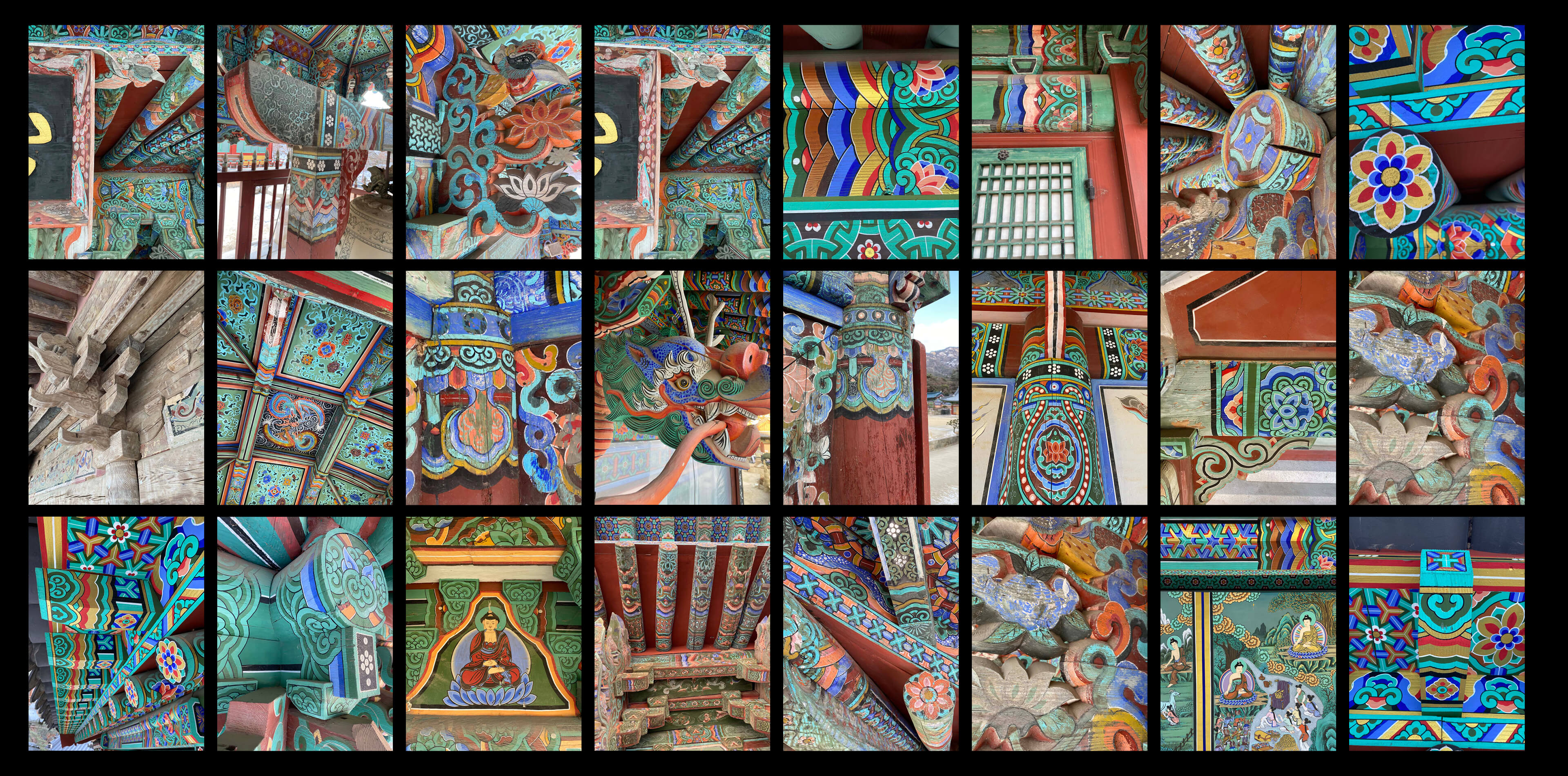
Dataset 01 - Large
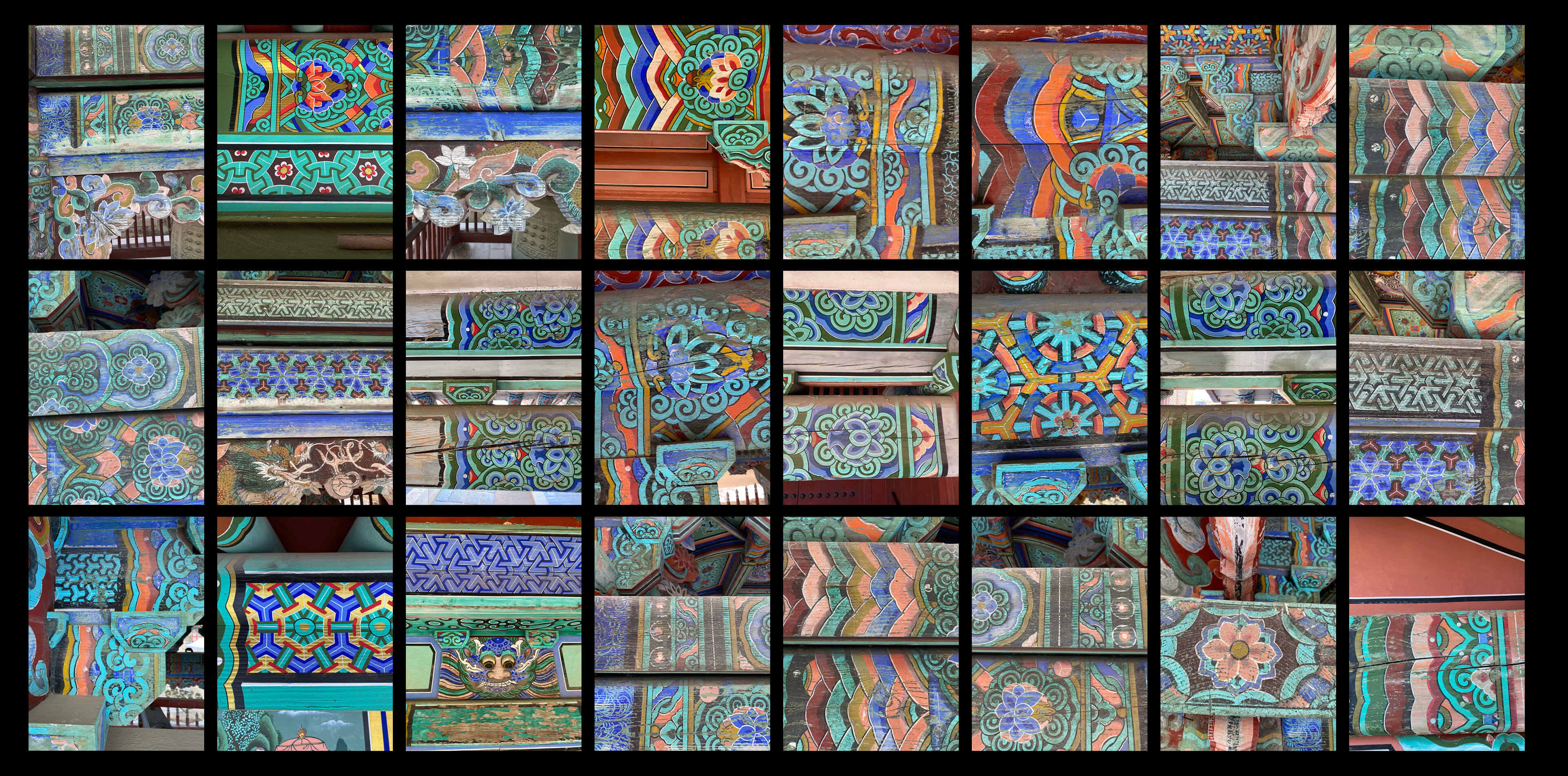
Dataset 02 - Reduced
Virtual Sukhavati
Central to dancheong decorations is the lotus flower, the symbol of enlightenment in Buddhism. Around the lotus flower are drawn patterns of radiant waves representing the light of Buddha. Using the five colours of the Ying Yang philosophy, dancheong transforms the wooden construction into an earthly version of Sukhavati, the Buddhist paradise. In Cyber Lotus, these colours and figures are reinterpreted by the AI to suggest a virtual Sukhavati, an electronic Land of Bliss. Figures of cybernetic lotus flowers emerge and represent the intertwining digital and spiritual realms. The glowing pixels of these artificial dancheong examples suggest a multi-dimensional digital lotus pond from which emanates the electronic light offering salvation to mankind in the Age of AI. The light of Buddha seems swapped or fused with the light of AI. While questioning our techno-centered culture rising since the chase of God from the natural world, the project also hints at a shared dream of an immaterial, ideal and imaginary world between the spiritual and virtual realms.
Photogrammetric Latent Walk
Latent Walks - Large Dataset
Latent Walks - Reduced Dataset
3D Latents
3D Latent
3D Latent - Large Dataset
3D Latent - Reduced Dataset
A Risky Swap
Cyber Lotus builds upon the questionings of Regis Debray on the transformation of the way in which our eyes see the world following the advent of the television screen. The modern image, at its birth, in the form of a Renaissance tableau, imitates and references directly the natural world. Made of vegetal or mineral pigments, it is material and needs the light of our sun to reflect and be visible. However, the self-lit and self-referential images of the television screen reverses this equation. It brings forth a certain kind of idolatry of the electronic image which reminds us of the pre-modern image, the Byzantine icon. The electronic light of the television takes the place of the divine light “emanating” from the saintly figures. Today the ubiquitous smart screens made of weightless pixels take this phenomenon to a global scale. Their algorithmic intelligence creates a self-sustaining world which is able to govern the physical world at unseen scales, speed and precision. Cyber Lotus signals to this exchange of light which our modern societies accomplished. Nam June Paik, a Korean artist, hints to the tension between spirituality and technology in his “TV Buddha” series. Cyber Lotus seeks to update this questioning in the Age of AI.
Cybernetic Alchemy
Light of the Electronic Buddha
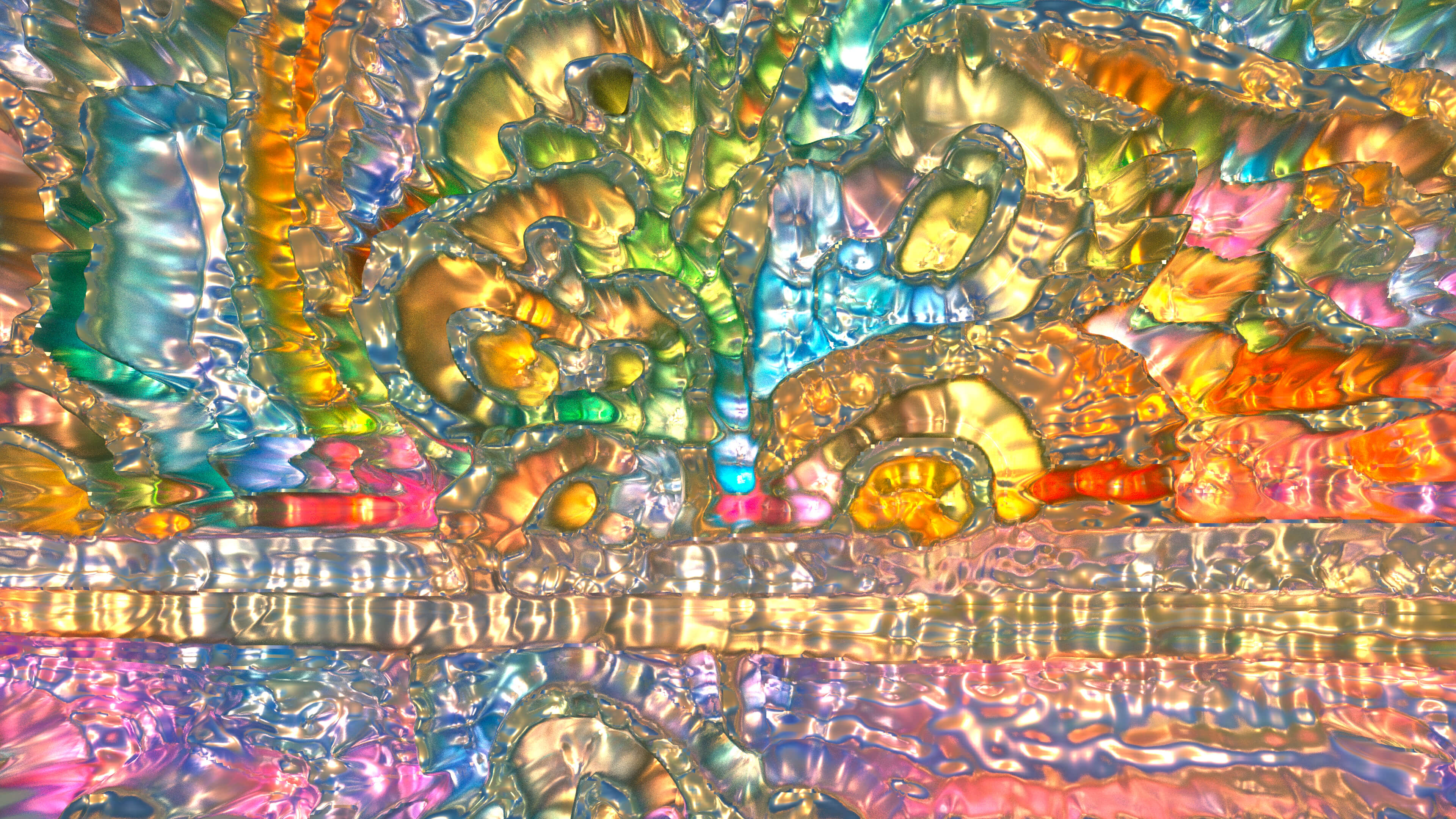
In the Cybernetic Lotus Pond
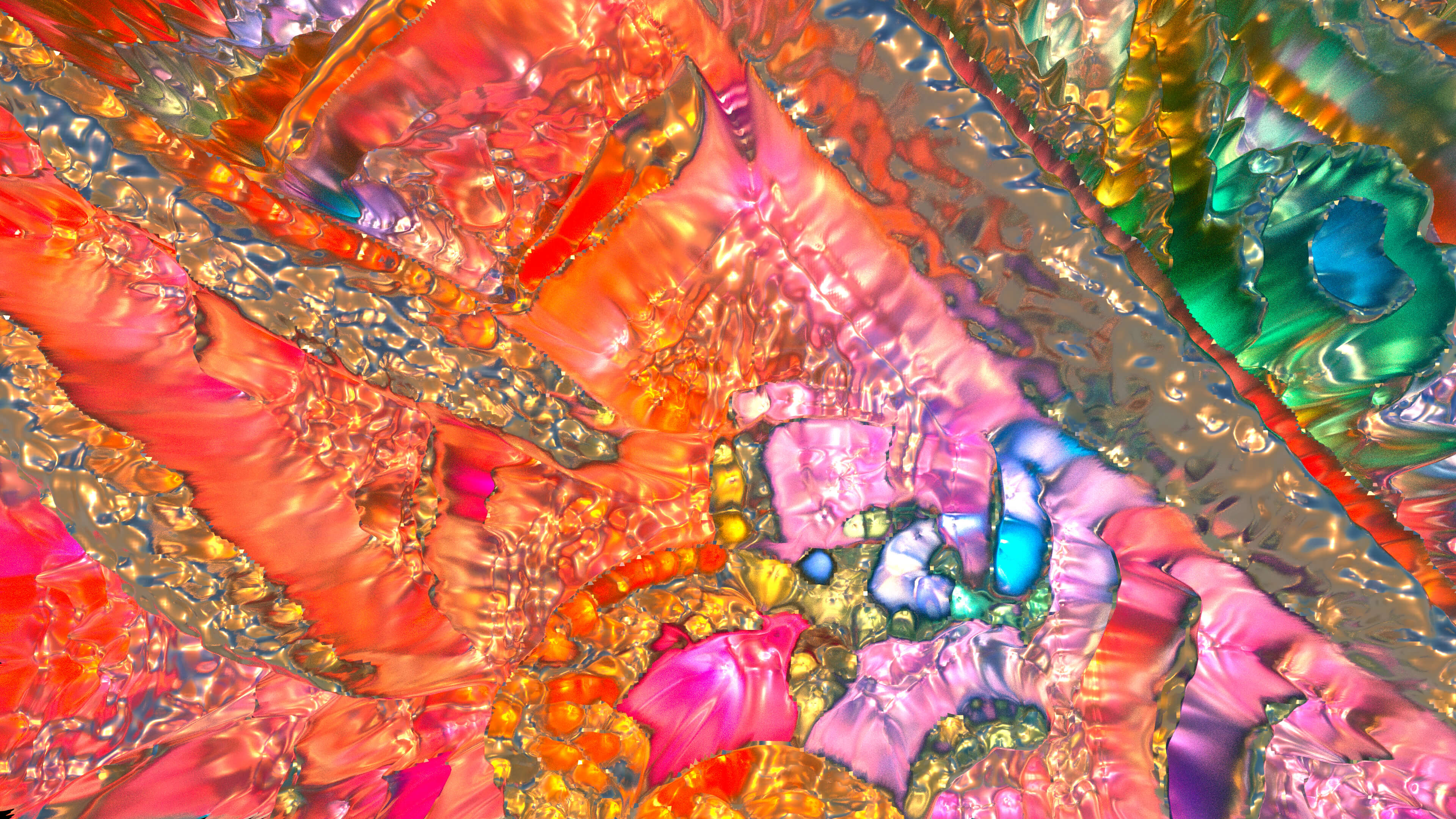
In the Cybernetic Lotus Pond
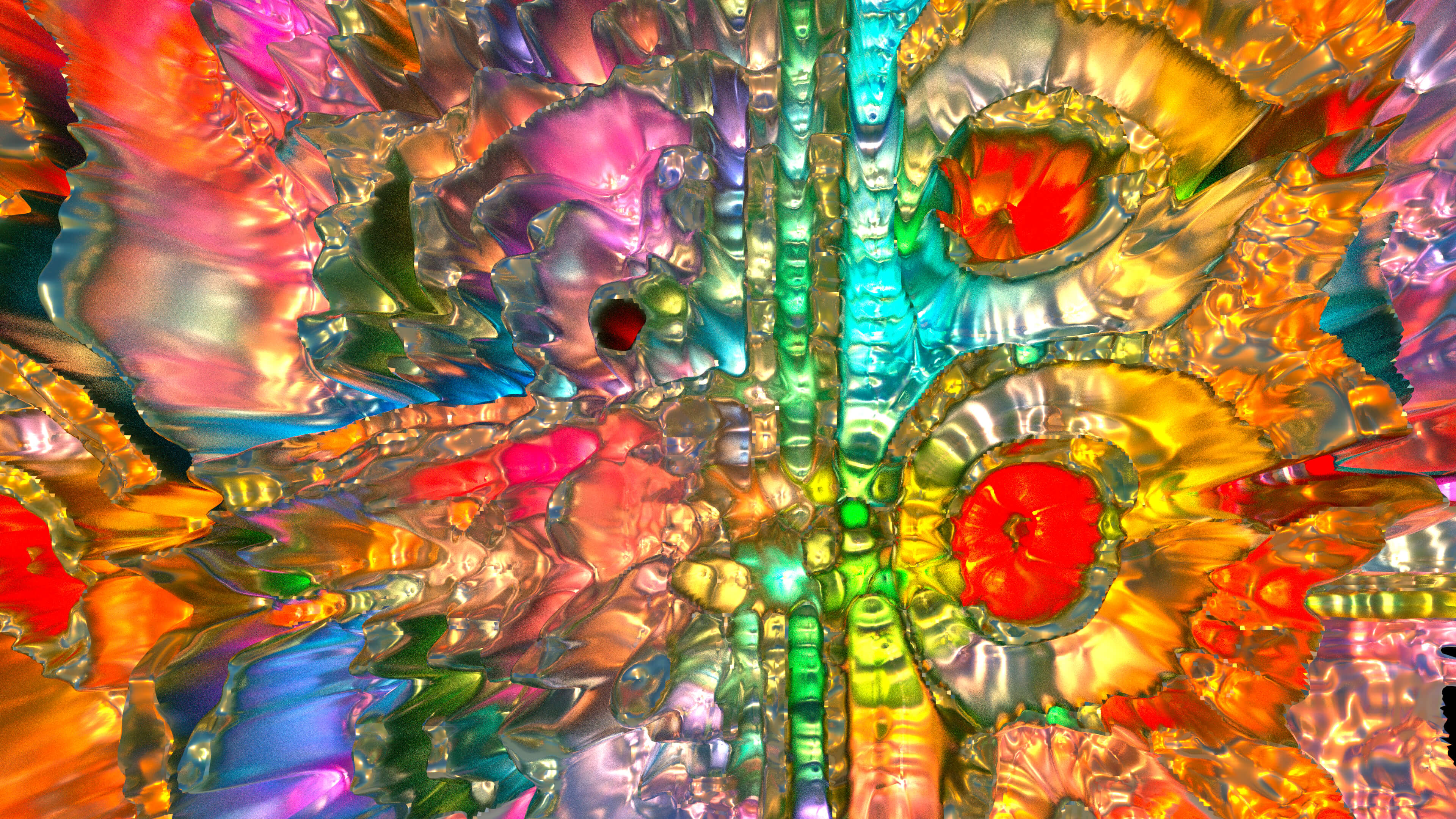
In the Cybernetic Lotus Pond
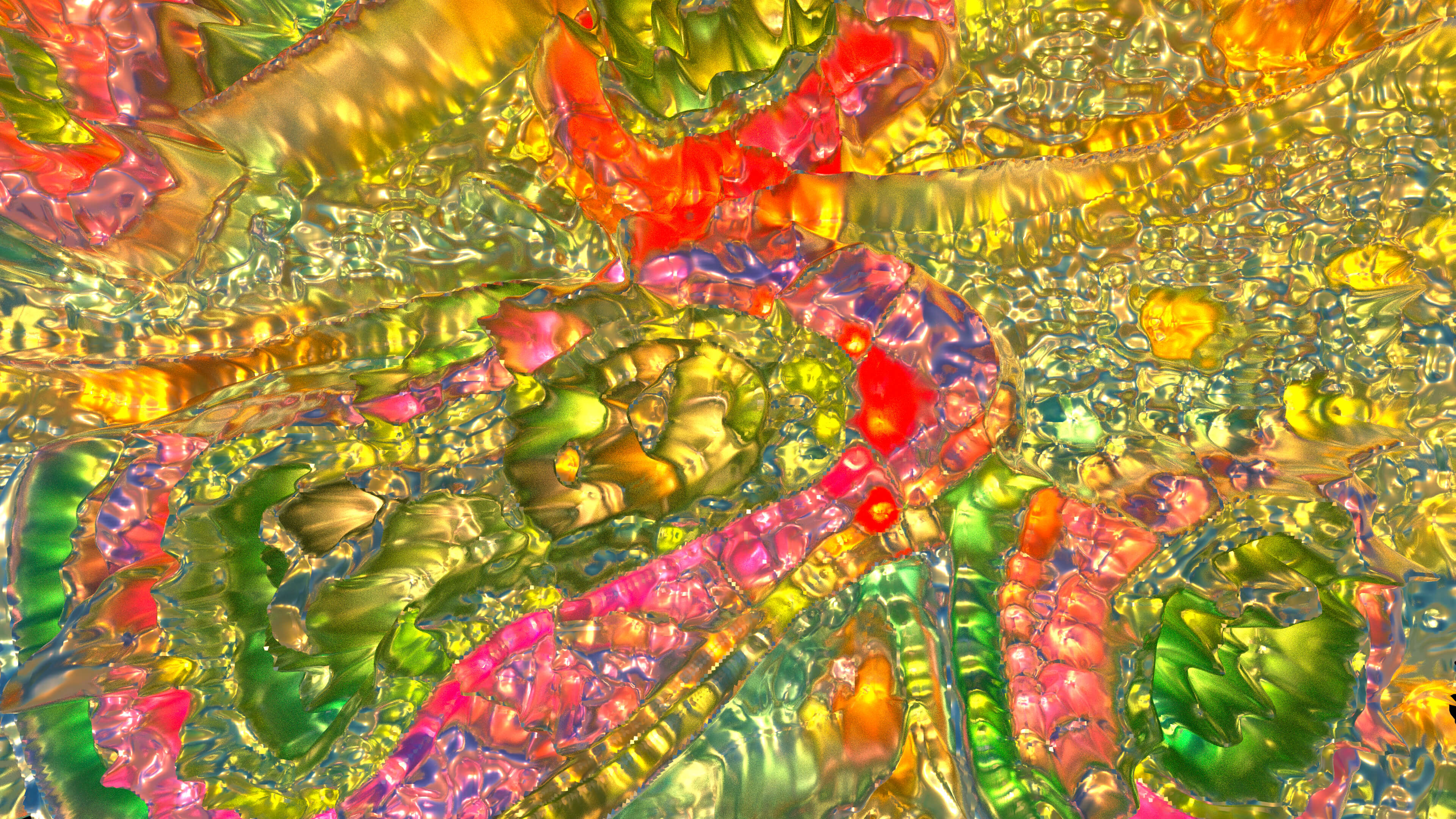
In the Cybernetic Lotus Pond
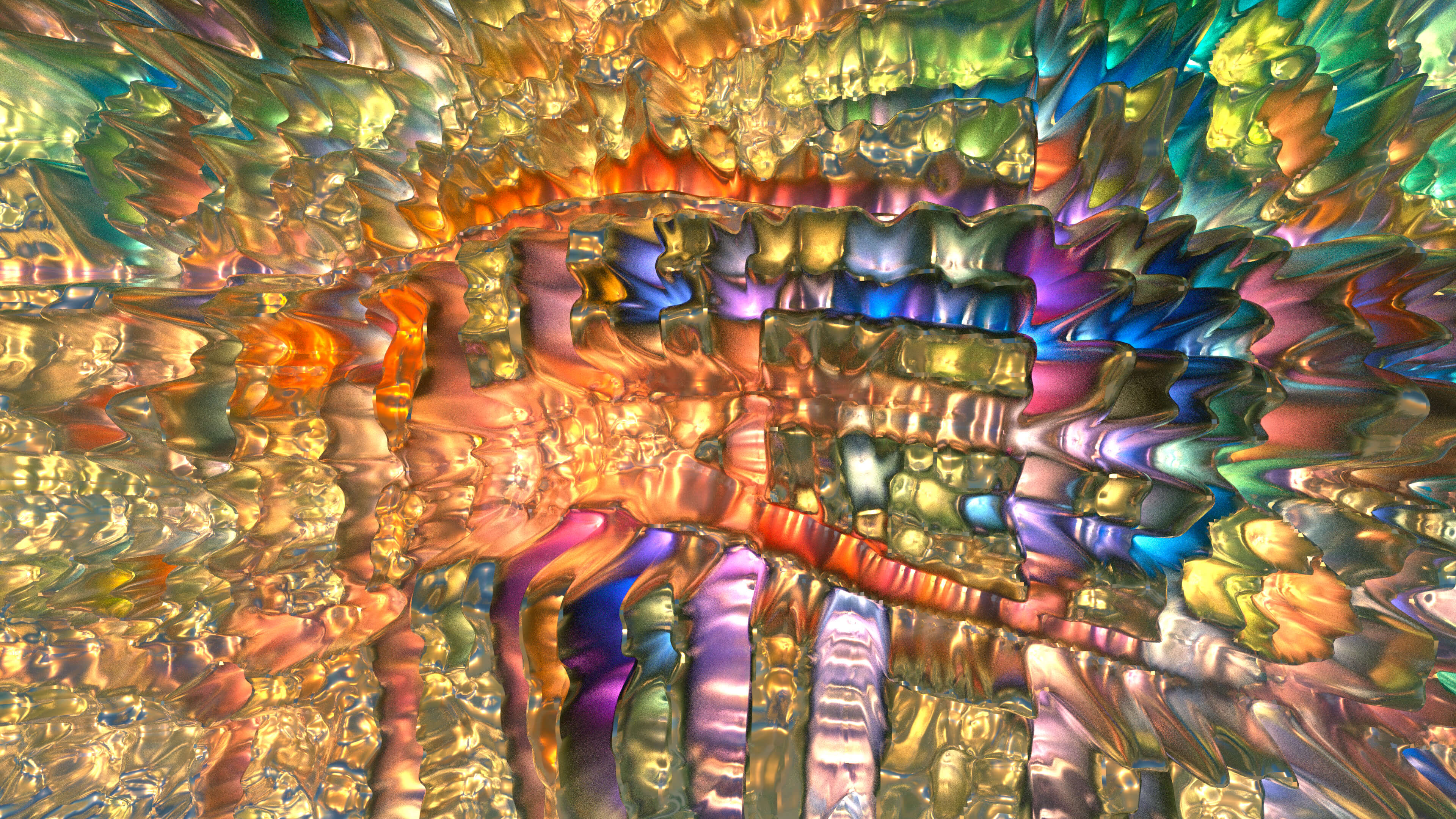
In the Cybernetic Lotus Pond
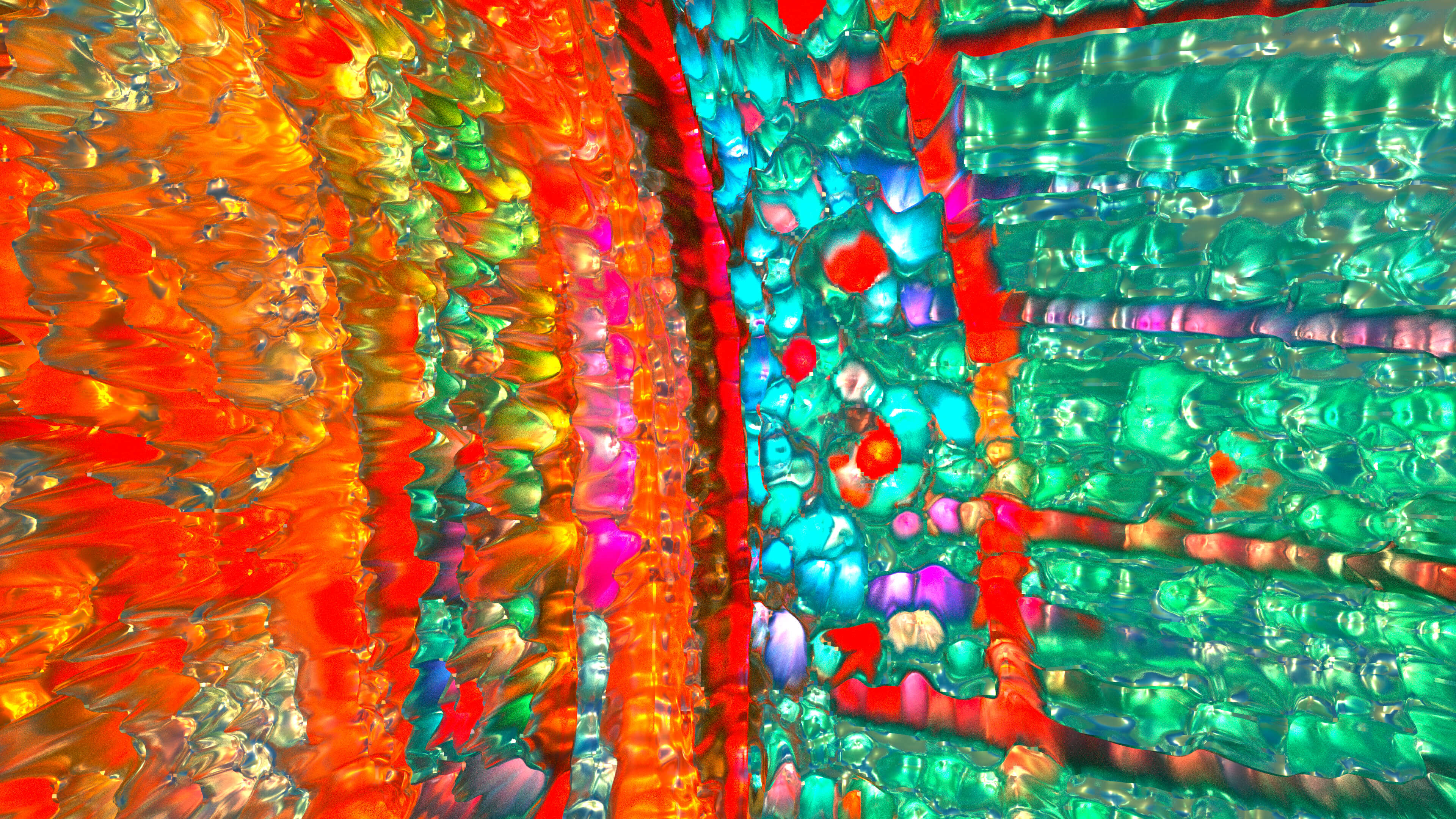
In the Cybernetic Lotus Pond
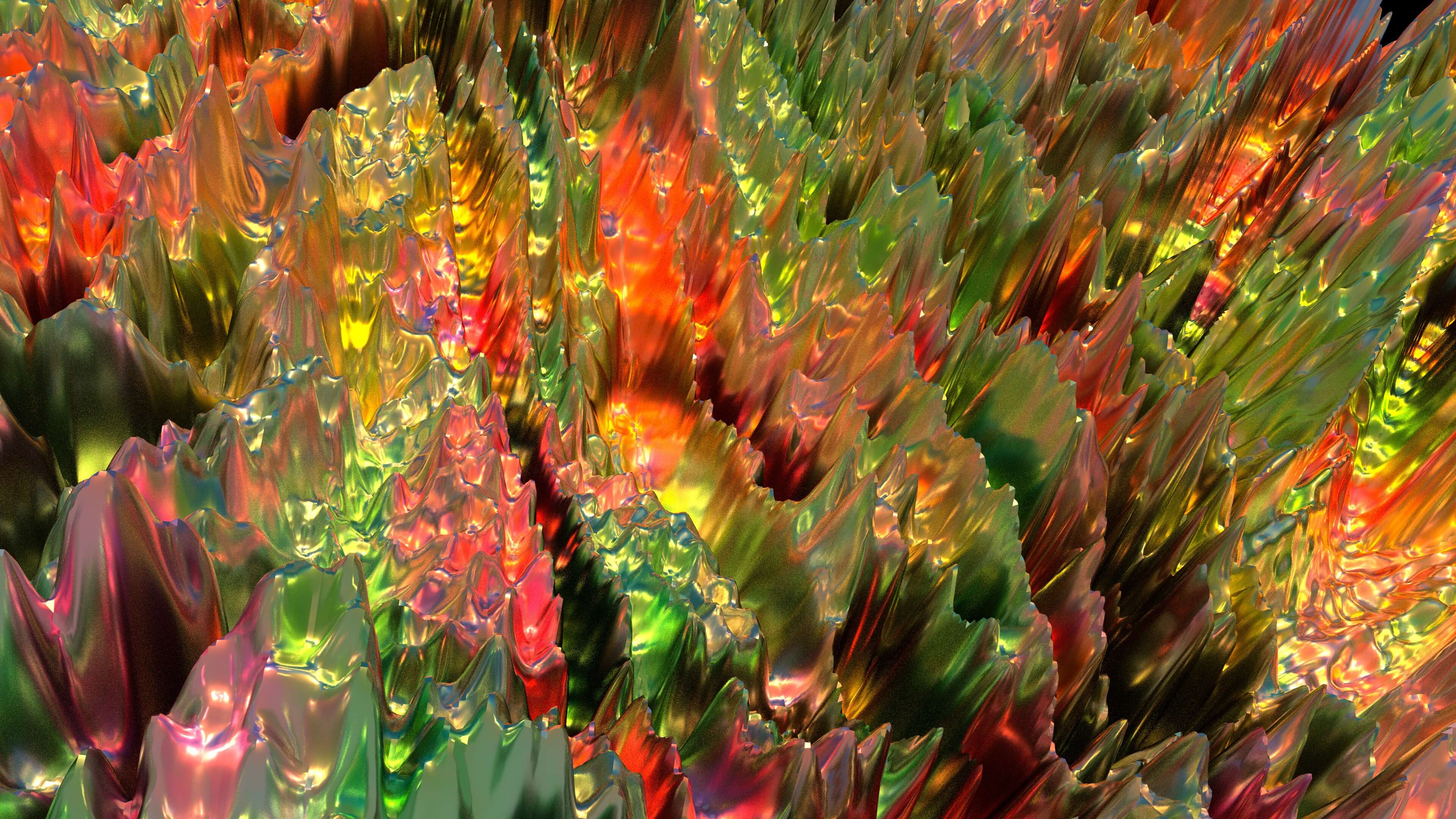
In the Cybernetic Lotus Pond
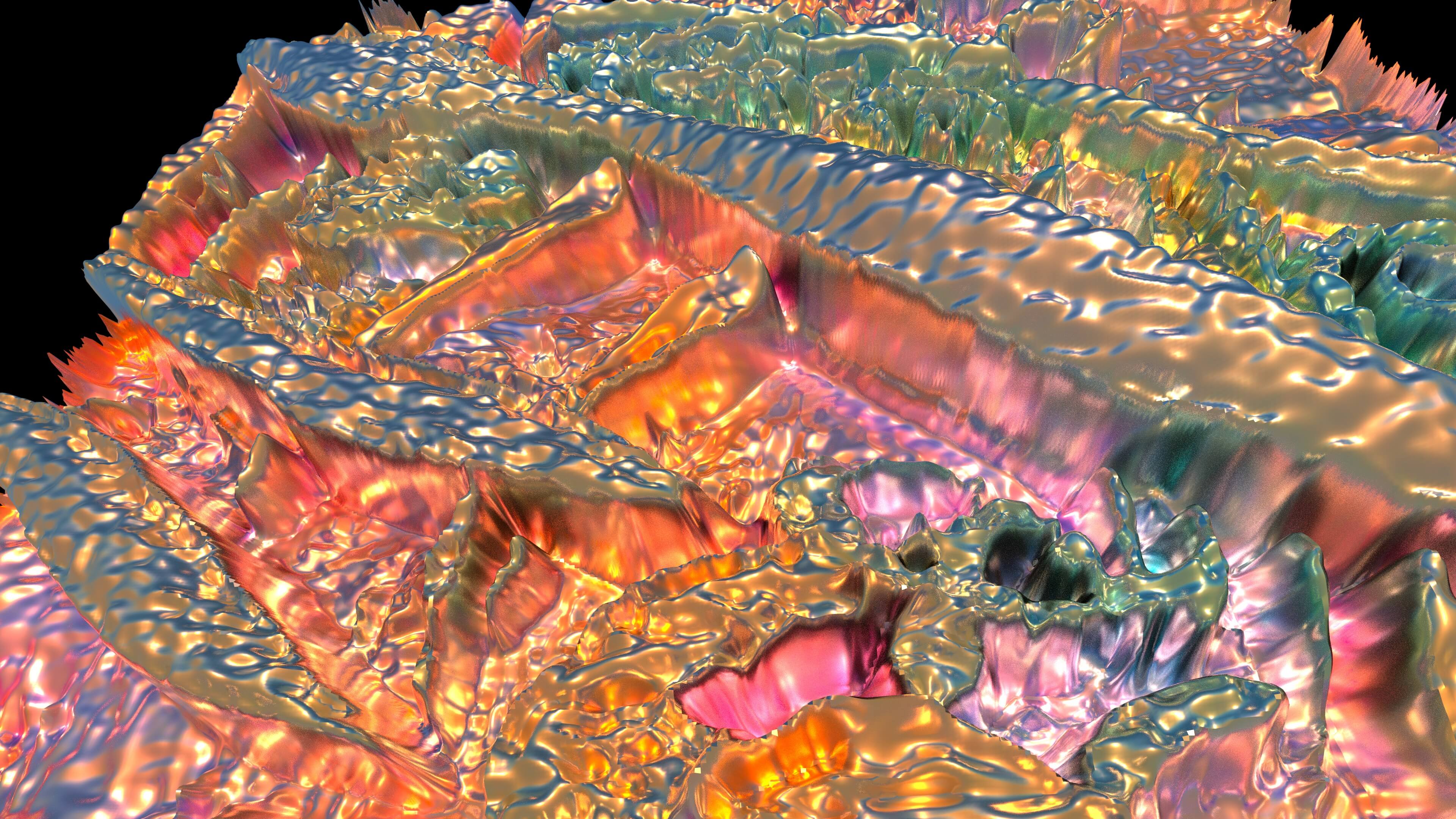
In the Cybernetic Lotus Pond
In the Cybernetic Lotus Pond